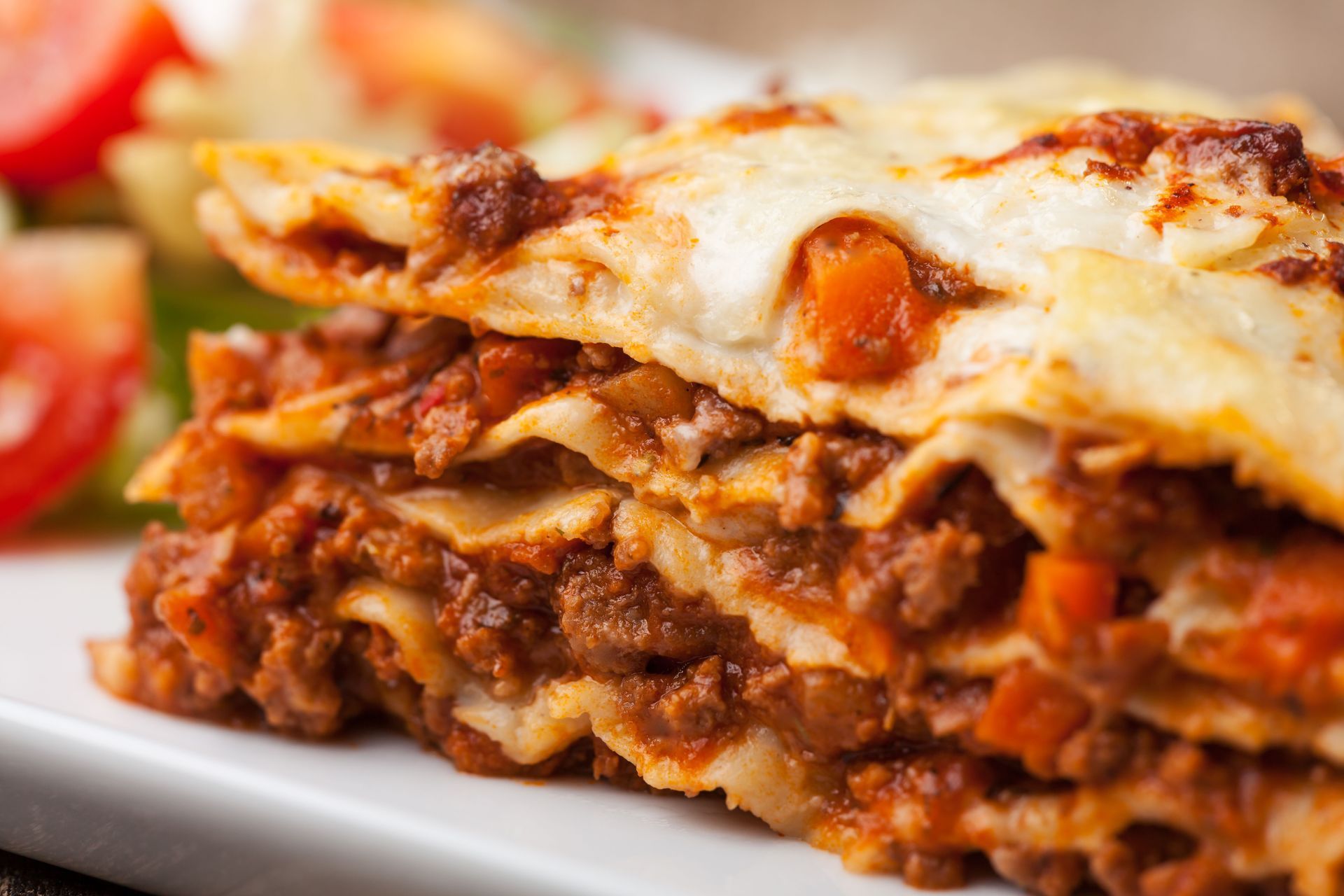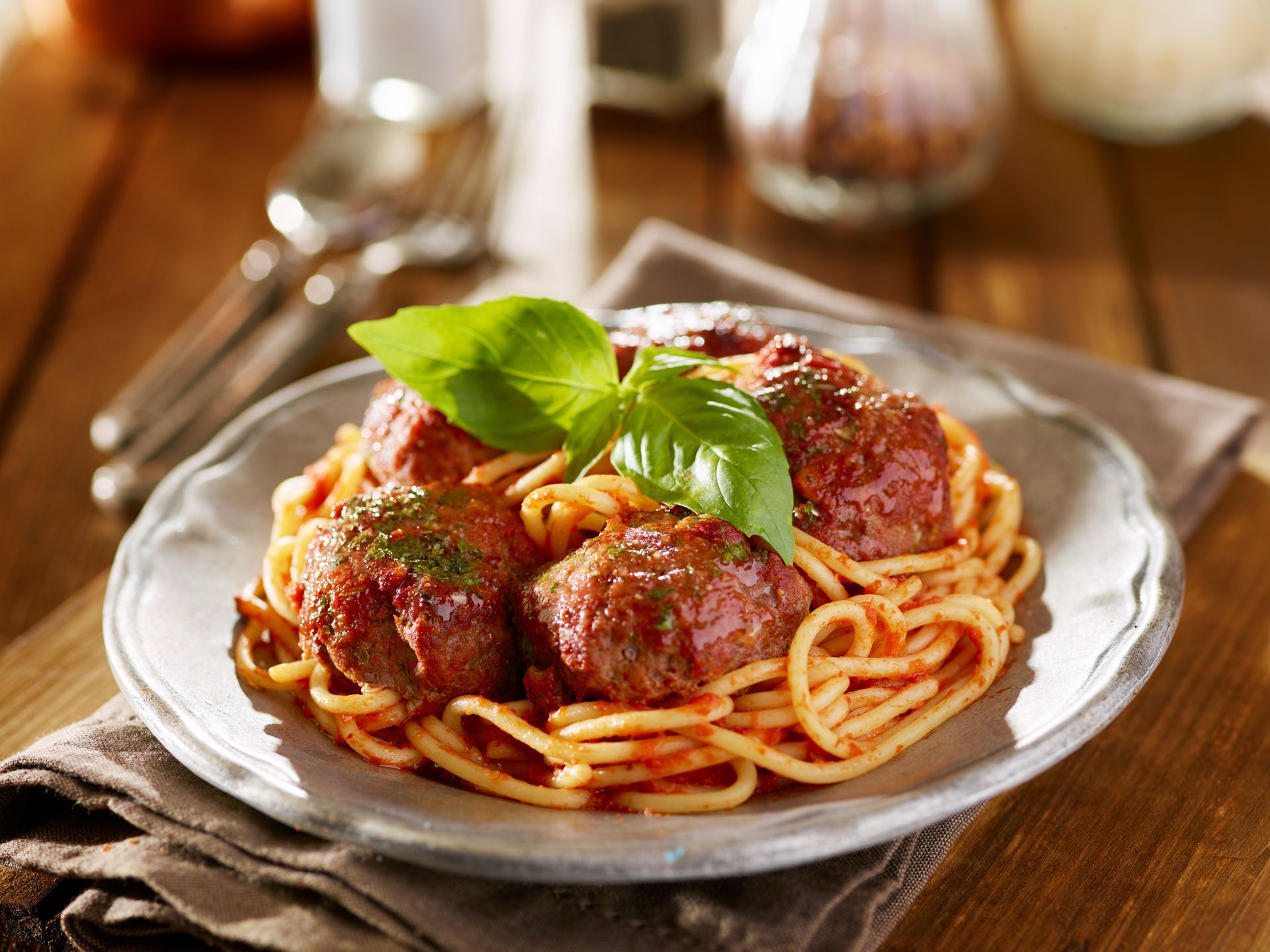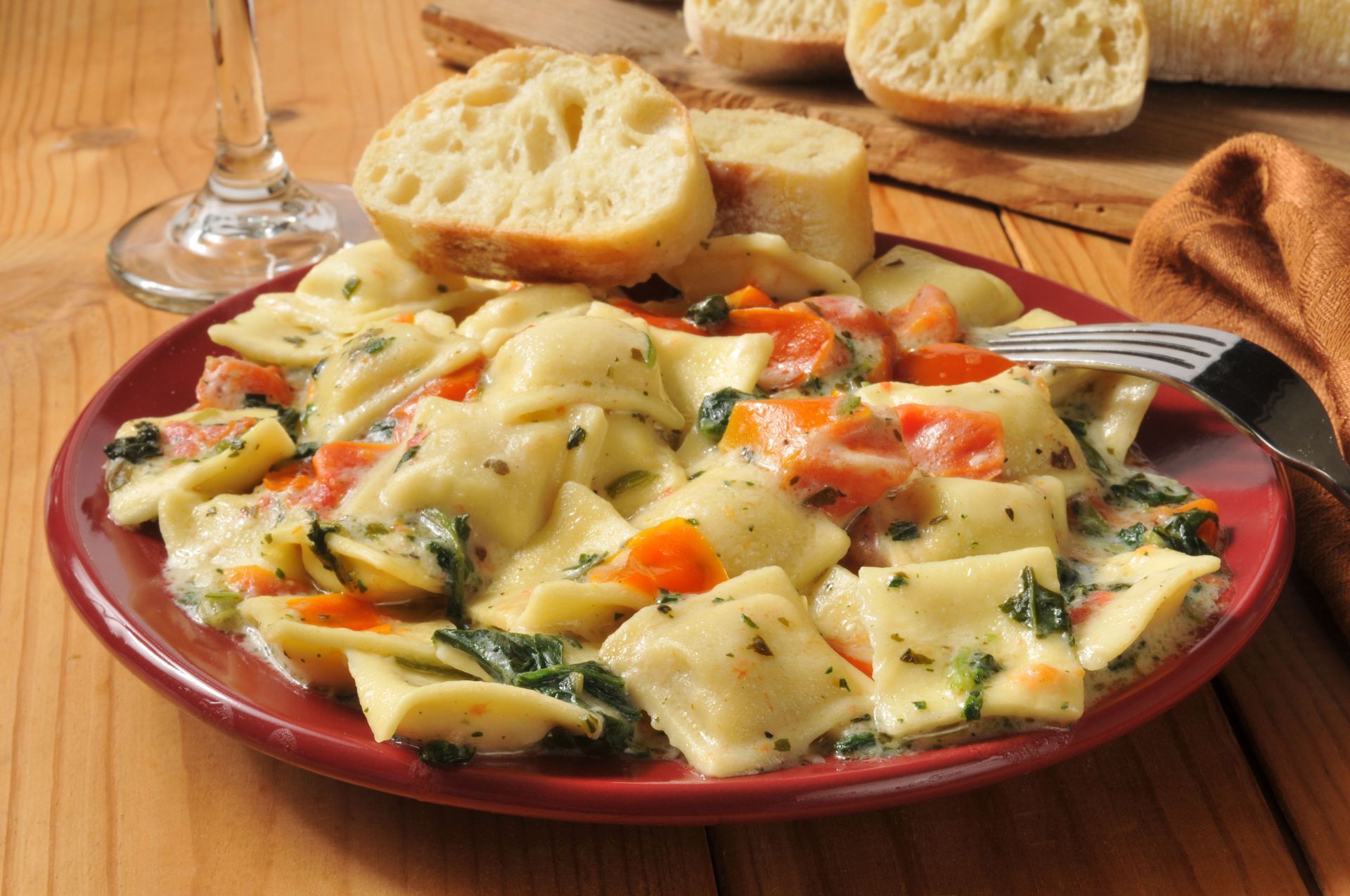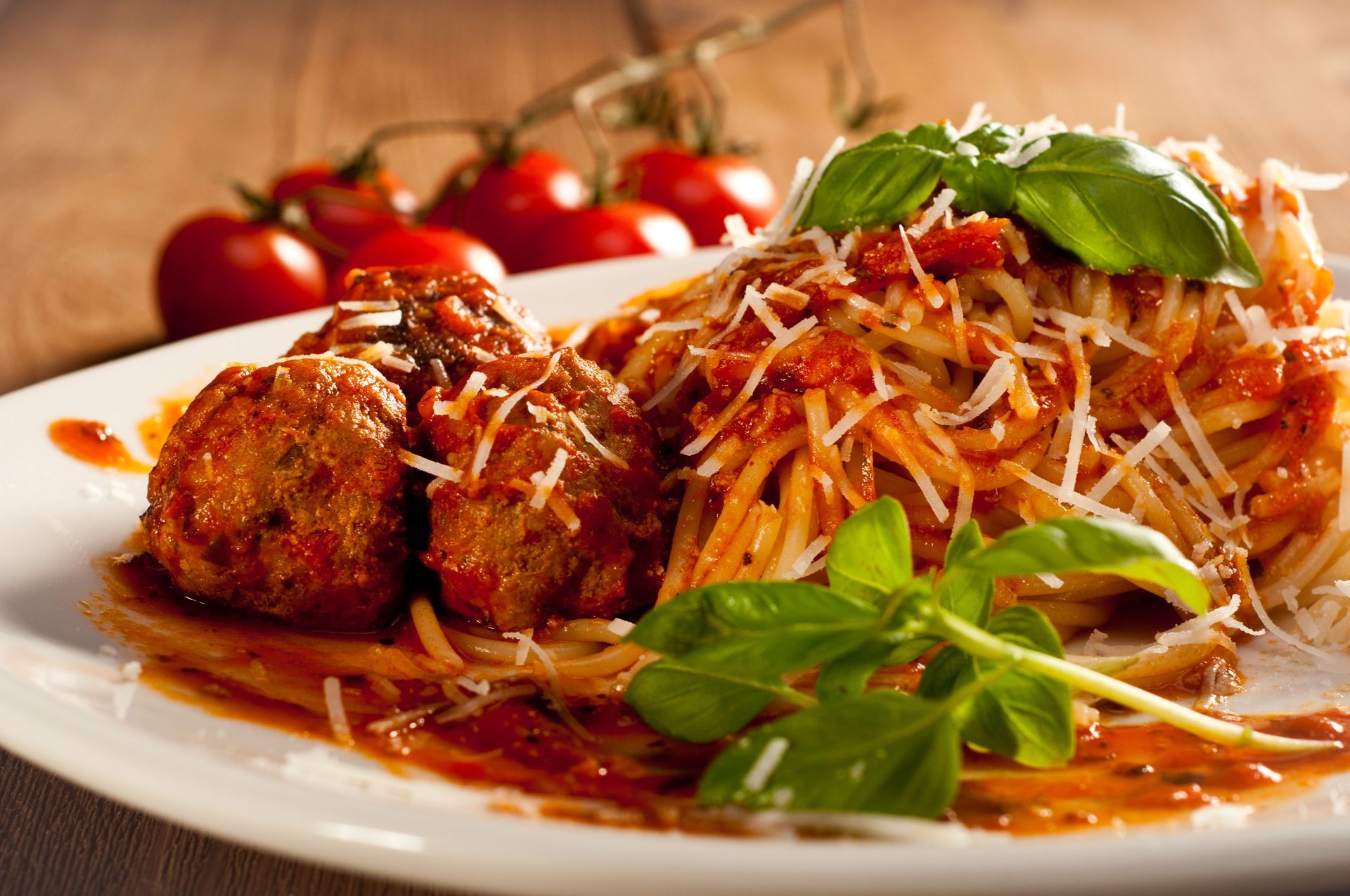How Tradition Shapes Every Dish in Italian Cuisine
By Jeremy Koss |October 15, 2025
Italian cuisine is one of the most beloved culinary traditions in the world, celebrated for its bold flavors, fresh ingredients, and deep connection to family and culture. Each dish tells a story passed down through generations, where cooking becomes an act of love and preservation. From small coastal villages to bustling cities, recipes often remain unchanged, honoring the hands that first crafted them centuries ago. In Italian homes and restaurants alike, tradition isn’t simply respected—it’s the foundation of every meal.
The beauty of Italian cuisine lies in its simplicity and respect for ingredients. Instead of overcomplicating flavors, Italian chefs and home cooks emphasize harmony—allowing each component to shine. Whether it’s handmade pasta, wood-fired pizza, or risotto simmered with care, these dishes exemplify how deeply tradition and authenticity intertwine. According to TouchBistro, 58% of diners say food quality is their top priority when eating out, which explains why so many people seek out Italian cuisine for its unmatched integrity and timeless appeal.
Every region of Italy brings something unique to the table, yet all share a commitment to craftsmanship and consistency. The pride that goes into kneading dough, stirring sauces, and selecting the freshest produce reflects more than just skill—it represents a devotion to history. Dining becomes a ritual of remembering and celebrating the flavors that shaped communities across Italy.
Roots of Regional Diversity
One of the defining characteristics of Italian cuisine is its remarkable regional variety. In the north, buttery risottos and rich meat sauces reflect the colder climate, while the south bursts with tomatoes, olive oil, and seafood. Tuscany, for instance, is known for rustic fare like ribollita and bistecca alla fiorentina, while Sicily offers bright citrus-infused dishes and influences from ancient trade routes. These variations are the result of geography, climate, and centuries of local farming traditions that shaped Italian cuisine into a vibrant mosaic of flavors.
This regional diversity underscores how Italian cuisine developed not as a monolithic national identity but through distinct communities, each preserving their local flavors and customs. Generations have passed down recipes not through written instructions but through memory and repetition, giving each dish a unique family imprint. Whether enjoyed in a village trattoria or a modern restaurant, the taste of tradition is always unmistakable.
Family Recipes Passed Through Generations
At the heart of Italian cuisine lies family heritage. Many dishes still served today originate from handwritten recipes tucked away in family cookbooks or simply remembered by taste and touch. The act of preparing a meal is often a collaborative effort, where parents, children, and grandparents cook side by side, sharing stories and techniques. This passing of knowledge keeps cultural identity alive and ensures the spirit of Italian cooking endures.
Even when Italians migrate abroad, they bring these cherished traditions with them. Across generations, Italian-American families, for example, continue to replicate the flavors of their ancestors’ kitchens, maintaining that connection to their roots. This emphasis on togetherness and shared meals reinforces why Italian cuisine resonates so deeply with people around the world—it represents comfort, belonging, and the joy of preserving heritage through taste.
Importance of Fresh, Local Ingredients
The cornerstone of Italian cuisine is its unwavering commitment to fresh and local ingredients. Italian cooks have long believed that the success of a dish depends on the quality of its components. Markets throughout Italy are filled with vibrant produce, fragrant herbs, and freshly baked bread—each item selected with care. Rather than relying on excessive seasonings, Italian dishes let the natural flavors of tomatoes, basil, garlic, and olive oil take center stage.
This devotion to sourcing locally isn’t just about taste; it’s also about respecting the land and supporting local farmers. Every ingredient has a season, and Italian cooks adjust their menus accordingly, celebrating what’s fresh and available. It’s this approach that allows Italian cuisine to remain both timeless and adaptable, embodying a philosophy that quality and authenticity always come first.
Tradition Influence on Modern Italian Dining
While modern chefs around the world reinterpret Italian cuisine, tradition remains its guiding principle. Even in contemporary restaurants, the roots of authenticity are never abandoned. Chefs may innovate with presentation or pairings, but they stay true to time-honored methods—slow simmering sauces, hand-rolling pasta, or using wood-fired ovens. These techniques reflect the values that define Italian culture: patience, respect, and passion for food.
This delicate balance between innovation and heritage allows Italian cuisine to evolve without losing its soul. Diners who sit down for a plate of carbonara or osso buco are tasting centuries of culinary evolution refined through care and experience. In an age where dining trends come and go, Italian cuisine endures because it values authenticity over novelty. Food remains a living expression of history, continually shaped by those who honor its past.
Cultural Ritual of Dining Together
Beyond flavor and technique, Italian cuisine is inseparable from the act of sharing. Mealtime in Italy is not rushed; it’s a celebration of connection. Whether it’s a Sunday family lunch or a festive gathering, food serves as a medium for conversation and community. The Italian saying “a tavola non si invecchia,” meaning “you don’t age at the table,” perfectly captures the belief that shared meals nourish both body and soul.
This cultural ritual extends beyond family circles. Restaurants often mirror this sense of belonging, offering an atmosphere that feels warm and inviting. Each course encourages diners to slow down and savor not just the flavors but the company. That focus on experience aligns perfectly with modern diners’ priorities. As TouchBistro’s research indicates, food quality ranks above all else for most guests, and Italian cuisine delivers that in every detail—from the first bite to the final sip of espresso.
Preserving Heritage Through Simplicity
The elegance of Italian cuisine lies in its simplicity. Unlike cuisines that rely on elaborate preparations or long ingredient lists, Italian dishes highlight the natural beauty of food. A classic Margherita pizza, for instance, uses just a few ingredients—tomato, mozzarella, basil, and olive oil—yet the combination achieves harmony that defines Italian cooking. This simplicity isn’t accidental; it reflects centuries of refinement and respect for authenticity.
By focusing on fewer elements done exceptionally well, Italian cuisine preserves the purity of its origins. Each ingredient has a purpose and place, contributing to a balanced and memorable dish. Whether it’s the earthy aroma of truffles from Piedmont or the tangy flavor of Parmigiano-Reggiano from Emilia-Romagna, traditional Italian recipes showcase how craftsmanship transforms humble ingredients into something extraordinary.
Tradition is the heartbeat of Italian cuisine, shaping every dish from preparation to presentation. Each recipe embodies the lessons, values, and love passed down through generations, serving as a reminder that food is far more than sustenance—it’s a connection to the past. Whether enjoyed in a rustic trattoria or a refined restaurant, every plate tells a story of heritage, family, and devotion to quality.
In a culinary world that often chases new trends, Italian cuisine stands as a testament to the enduring power of authenticity. Its flavors are not only timeless but deeply human, capturing the warmth of shared meals and the pride of those who keep tradition alive. When diners choose Italian cuisine, they’re not just tasting a dish—they’re experiencing history served with heart. Are you in the mood for Italian? Stop in to Balistreri's Bluemound Inn and get a taste of tradition!










